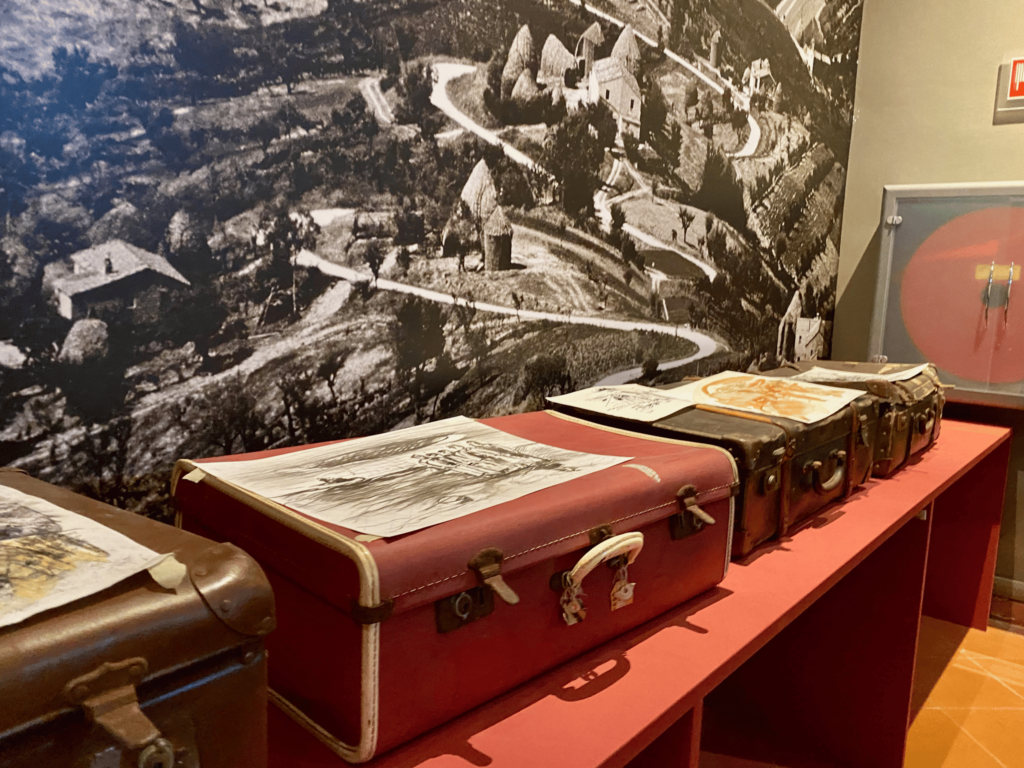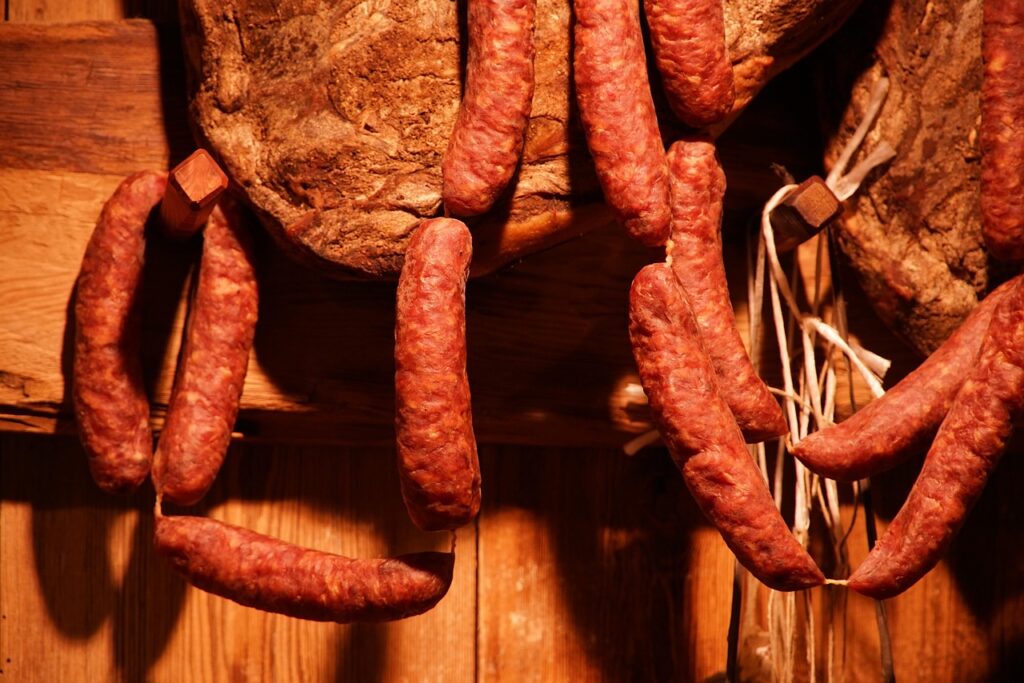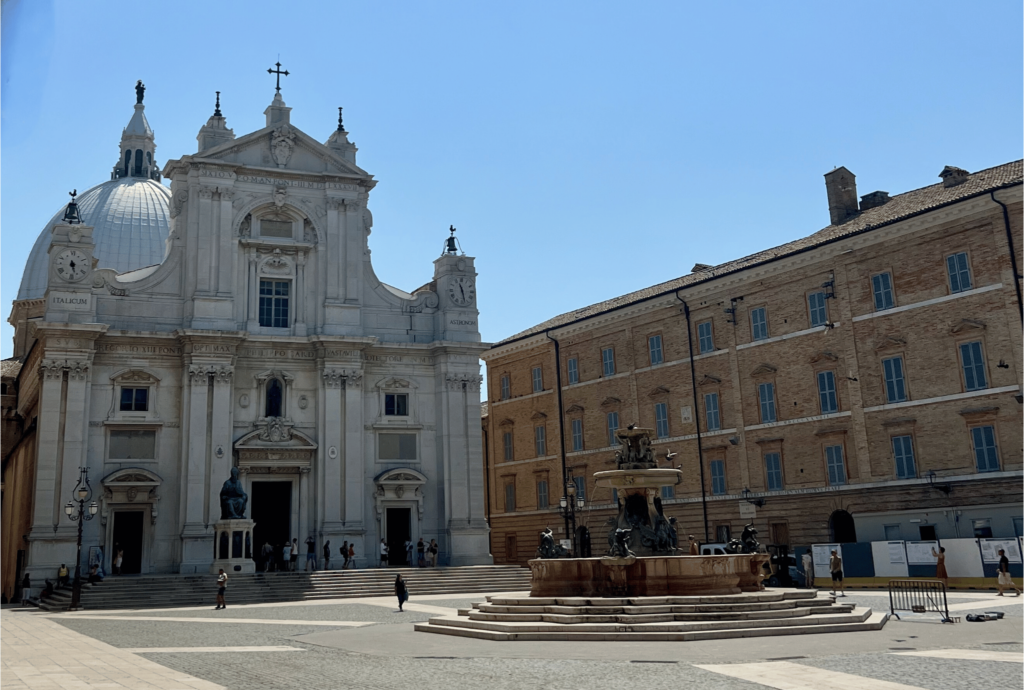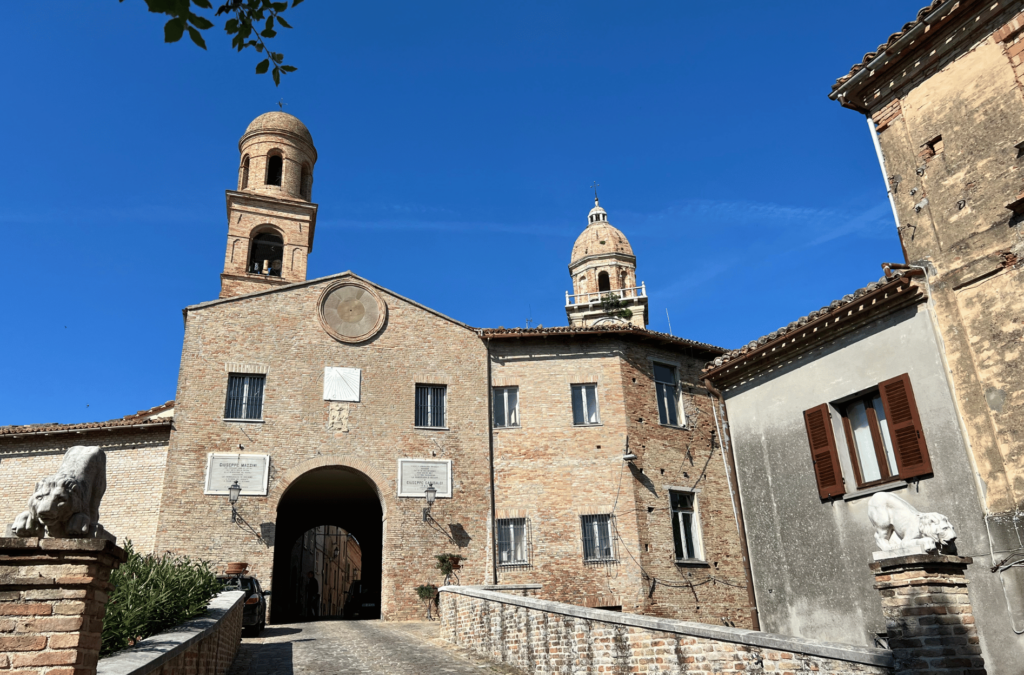The Museum of Emigration, inaugurated on December 10, 2013, was created on the initiative of the Municipality of Recanati, with the support of regional funds, to pay homage to the approximately 700,000 people of the Marche region who left their homeland between the end of the nineteenth and the beginning of the twentieth century. During these two centuries, the Marche recorded a mass emigration second only to Veneto.
A bridge between past and present
The museum offers a unique experience: visitors can explore the lives of emigrants through objects, documents, photographs and tools used in everyday life. Among the most touching curiosities is the possibility of searching for the names of one’s ancestors thanks to an international database, which allows you to discover details about their lives and destinations.
During visits, it is not uncommon to witness touching moments that testify to the importance of memory. An example is that of a lady who, by consulting the digital archive, managed to track down the name of an uncle who had emigrated to Argentina. This episode reflects a reality common to many families in the Marche region, who hand down stories of relatives who emigrated overseas. MEMA is not only a place of collective memory, but also a space where family stories come back to life.
The visit to MEMA begins with a section dedicated to agricultural and craft tools, a symbol of sharecropping and the peasant tradition of the Marche region. It continues with the exciting narration of the journey into the unknown: the jute suitcases, the few personal belongings, and the difficulty of facing long journeys by train and ship.

The emigrant from the Marche region: a journey of sacrifice and hope
When we think of emigration, we often imagine the iconic suitcase, but the reality was quite different. The poorest did not even have a suitcase and left with a few clothes collected in jute sacks or in packages carried on their heads. The women, in particular, faced grueling journeys with their children in tow, bringing with them a few clothes and a few memories.
The luckiest, on the other hand, could afford trunks and suitcases containing work tools, photographs and small household items. The emigrant from the Marche was often a farmer or a craftsman, whose ingenuity and industriousness proved to be fundamental in the countries of destination, such as Argentina, the United States and Belgium.
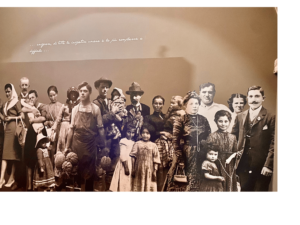
Sharecropping and the causes of emigration
Emigration to the Marche began later than in other Italian regions due to the spread of sharecropping, an agricultural system based on the division of profits between the landowner and the peasant.
However, the increase in Italian taxes in the late nineteenth century led to a deep economic crisis, forcing many families to look for opportunities elsewhere. After 1894, mass emigration took hold and Argentina became one of the most sought-after destinations.
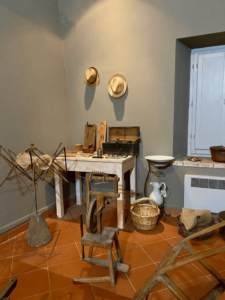
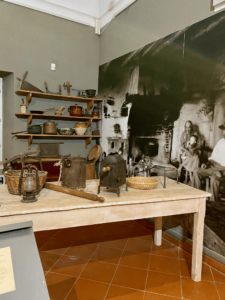
The journey: from the homeland to the new world
The start was a real challenge. Emigrants had to find money to buy train and ship tickets, often selling everything they owned. Some were able to enter emigration programs with prepaid tickets, but these contracts often proved to be a trap, creating debts that were impossible to pay.

The journey began with journeys on horseback, carriage or on foot to the railway station. For many it was the first time away from their city, and illiteracy made it difficult even to access trains, which were the main means of transport to reach Northern Europe, with destinations such as Belgium, Germany, France and Switzerland.
Many headed for Genoa and other Italian ports, where ships departed for South America and the United States.
There was also clandestine emigration, organized by shipping agents who promised cheaper and shorter voyages, but without any guarantees. These clandestine journeys, often dangerous and without official assistance, departed from minor ports and left the emigrants without any protection in case of fraud or accidents.
In 1901, the Italian government introduced a law to protect emigrants: those who purchased a valid ticket from an authorized agent and embarked from an Italian port enjoyed protection from the moment of departure until arrival at their destination.
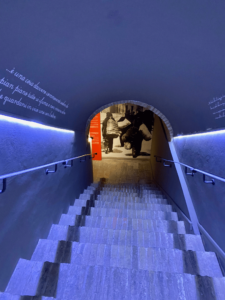
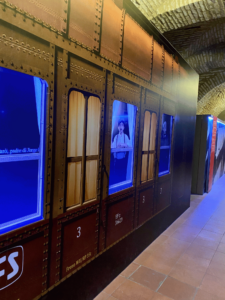
Work and integration in the destination countries
Initially, emigration from the Marche region was seasonal. The workers moved to the Roman and Tuscan Maremma to collect savings and return home. With the advent of the twentieth century, the situation changed: the economic crisis, the tax burden and the increase in difficulties pushed the people of the Marche to look for new opportunities abroad.
The first Marche to emigrate were the fishermen of the Riviera del Conero, who settled in Buenos Aires, in the La Boca district, and continued to work as fishermen in the Tigre and Paraná rivers. Later, peasants and artisans occupied the towns and fields between the Pampas and the Andes. Between 1875 and 1925, Argentina welcomed most of the emigrants from the Marche region.
In the United States, many worked in coal mines in Pennsylvania or on cotton and tobacco plantations in Mississippi. Coastal cities, such as New York, offered opportunities in construction. However, not everyone found luck: conditions in some areas, such as the Mississippi Delta, were inhumane, characterized by backbreaking labor, malaria and unsustainable debts.
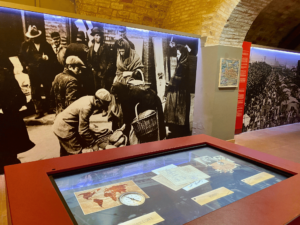
Over time, new destinations were added, such as Canada, Venezuela and Australia. In the latter, in Adelaide, the Association Marche Club Inc. South Australia , founded by the emigrant Athos Vagnarelli to support the local Marche community.
The tragedy of Marcinelle: an open wound in the memory of the Marche region
One of the most common European destinations for emigrants from the Marche region was Belgium, where many worked in coal mines, often in dangerous conditions. The tragedy of Marcinelle is an example of this.
On August 8, 1956, in the Bois du Cazier mine in Marcinelle, an explosion followed by a devastating fire caused the death of 262 miners, half of whom were Italians. Among these, 12 were from the Marche region, representing 10% of Italian victims.
The Museum of Marche Emigration dedicates a section to this tragedy, reporting the names and places of origin of the victims of the Marche region, so as not to forget the price paid by those who sought a better life.
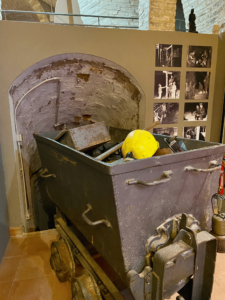
Migrant women: a story of invisible sacrifice
Migrant women have played a fundamental role, even if often underestimated. They generally emigrated to reunite with their husbands or fathers, but many of them were left alone to support their families while the men sought their fortunes abroad. Women passed on Italian religious, cultural and culinary traditions to their children and, in some cases, found a certain economic autonomy by opening small restaurants.
An example of active female emigration concerns the artisans of the Marche region specialized in straw processing, who emigrated to Croatia to teach the trade and contribute to local production.
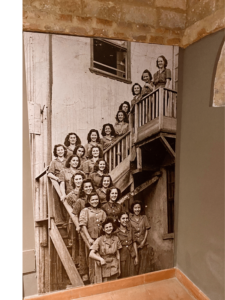
Elite emigration
Although most of the emigrants were peasants and artisans, a small percentage belonged to the intellectual and aristocratic elite. Architects, doctors, musicians, writers and artists left to seek fortune or recognition far from Italy. Among the illustrious names we remember Francesco Tamburini, Adriano Colocci, Rafael Sabatini and Rodolfo Mondolfo, who contributed to building the culture and identity of the host countries.
A museum open to the world: donations and innovation
Today the Museum of Emigration houses a rich archive of documents, photographs and memorabilia. Visitors can carry out genealogical research and contribute to the collective memory by donating materials related to emigration from the Marche region. One of the most significant donations is a wedding dress by a woman originally from Cossignano, who now lives in Perth, Australia. This dress, accompanied by a letter and a wedding photo, represents a symbol of the personal stories that the museum celebrates and preserves.
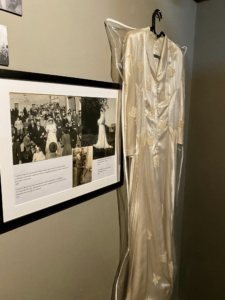
Since 2022, MEMA has also been offering a virtual tour that allows visitors to explore its rooms from the comfort of their homes and access archival documents via the official website: Museo dell’Emigrazione Marchigiana 3D.
Why visit the Marche Emigration Museum
The Museum of Marche Emigration is not only a place to discover the past, but also an opportunity to reflect on one’s roots and the value of migration in the construction of cultural identities. Every object, every story, every document preserved at MEMA is a piece of the collective memory of the Marche region, a thread that binds the past to the present and invites us to never forget who we are and where we come from.
If you are passionate about history, genealogy or simply want to immerse yourself in an exciting experience, MEMA is an unmissable stop in Le Marche.
